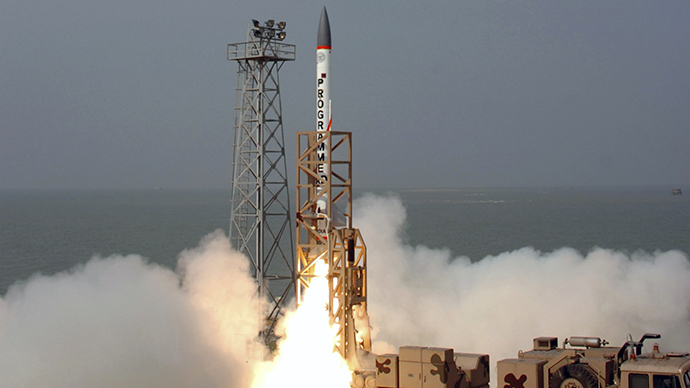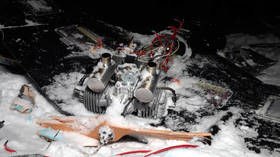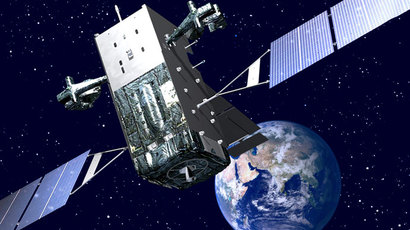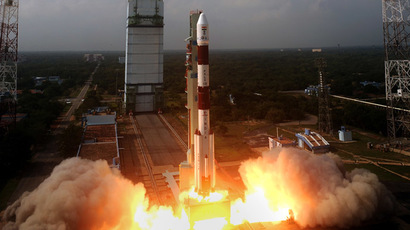India successfully test-fires long-range interceptor missile

New Delhi upped the strategic ante as it successfully test-fired a new interceptor capable of destroying incoming long-range missiles, a move that will not go unnoticed by rival nuclear-armed neighbors, China and Pakistan.
India’s Advanced Air Defence (AAD) interceptor missile on Sunday
successfully intercepted an incoming surface-to-surface ballistic
missile fired from a ship off the coast in the Bay of Bengal.
"The test was successful," test range director M.V.K.V.
Prasad told IANS. "It is the first time that we have
successfully conducted the test of an exo-atmospheric
interceptor," he said.
The test is part of double-tiered missile defense system that
India’s military hopes will provide a multi-layered defense
system against any potential ballistic missile strike.
“It is a system to intercept enemy missiles with a range of 2,000 kilometers,” Avinash Chander, the director-general of the Defense Research and Development Organization (DRDO), said last week. “The missiles will get intercepted at range of more than 100 kilometers away, so that damage to our cities can be prevented.”
DRDO has already successfully tested six interceptor missiles,
both in endo-atmosphere (within 30 km altitude above sea level)
and exo-atmosphere stage (above 30 km altitude).
The Prithvi Air Defense interceptor missile has already
demonstrated its killing capability at an altitude of 50 km and
80 km, while the AAD interceptor has successfully neutralized
targets at an altitude of 15 km to 30 km.
The next step for Indian military technicians is to be able to
destroy targets at an altitude of above 100 km, defense sources
told Reuters.
The test moves India closer to membership in a small group of
countries – the United States, Russia and Israel – which possess
anti-ballistic missile technologies.
At the same time, the test will arouse suspicion among regional
powers China and Pakistan, neighboring nuclear powers that in the
past have experienced military confrontations with India.
At least part of the region’s militarization is related to
aggressive moves on the part of the United States, which has
moved the bulk of its naval forces into the Pacific region. This
decision has triggered something of a domino effect, as
heightened Chinese apprehension has prompted Beijing to beef up
its capabilities, thus putting pressure on India and Pakistan.
Indeed, due to the geopolitical shakeup, there has been political
pressure for India to rethink its nuclear doctrine that states
New Delhi would not be the first to use nuclear weapons in any
future theoretical confrontation.














